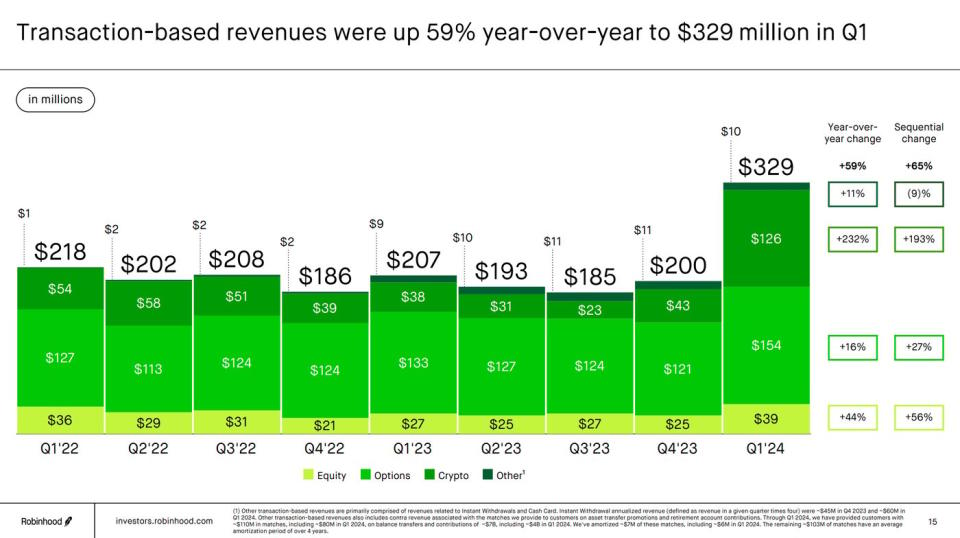Nvidia‘s (NASDAQ: NVDA) stock popped up by a dramatic 500% in the past three years. Undoubtedly, much of this recent rally has been fueled by the company’s position as a key beneficiary and enabler of the ongoing artificial intelligence (AI) wave.
Nvidia offers a full-stack AI platform, comprising cutting-edge AI-optimized hardware chips, a complete software ecosystem, high-speed networking solutions, and servers to enable clients to build “AI factories,” or the essential infrastructure for AI-based outputs (text, images, audio, video). The company’s accelerated product release cadence, from two years to one year, also helps it maintain technological superiority against competition.
Furthermore, besides the booming demand from large hyperscale companies, enterprises, and AI start-ups, Nvidia’s AI-optimized hardware and software solutions are now increasingly used in new areas such as Sovereign AI (governments building domestic AI capabilities), automotive vertical, and robotics business.
The AI frenzy propelled Nvidia’s stock to an all-time high of over $1,200 in early June. Its recently executed 10-for-1 stock split made its stock far more accessible to retail investors.
With Nvidia’s stock now around $124 at this writing, long-term investors may be keen to know if the stock can again jump to $1,000-plus levels. Let’s analyze the company’s fundamentals and valuations to find some answers.
Intensifying competition and supply challenges
Nvidia’s technological superiority in developing AI-optimized hardware and software enabled the company to capture a whopping 90% share of the global AI chip market. However, the company’s stronghold may get challenged in the long run. Although currently far behind Nvidia, competitors Advanced Micro Devices and Intel are working hard to capture a slice of the AI market.
AMD’s MI300 family of data center chips witnessed strong demand, while the company is also gearing up for launching families of AI chips such as MI325 and MI350 accelerators, based on advanced architectures, in the coming months. AMD expects these chips to demonstrate faster performance, improved memory capacity, and stronger computing capabilities for AI workloads.
Intel is also aggressively focusing on the AI PC opportunity and hopes to launch Lunar Lake laptop CPUs by September 2024. Lunar Lake chips are expected to be superior in performance, efficiency, and graphics processing compared to their predecessor Meteor Lake chips. Plus, Intel has also introduced Gaudi 3 AI accelerators, offering superior cost-performance benefits for training and inferencing of AI models.
Nvidia also faces the risk of customers such as cloud players and technology giants becoming competitors, as they have been accelerating in-house development of AI-optimized chips and solutions. This risk cannot be ignored, since large cloud players account for roughly 45% of the company’s data center revenues.
Multiple other challenges
While demand for Nvidia’s AI chips and solutions has grown dramatically, the company continues to face supply constraints associated with procuring manufacturing, testing, and packaging capacity from Taiwan Semiconductor Manufacturing and other vendors. Subsequently, the company expects demand for its new H200 chips and next-generation Blackwell chips to outpace supply well until 2025. This headwind can affect the company’s growth prospects in the coming years.
Nvidia also accelerated the pace of release cadence (for major products or features) from once every two years to once annually. Continuously innovating and adapting hardware and software is the need of the hour in the face of increasing complexity and rapid evolution of AI models and workloads.
However, this also exposes Nvidia to significant execution risks and to the risk of clients delaying purchases to get access to the most advanced technologies. Nvidia’s rapid pace of innovation can result in early product obsolescence for its older offerings and increasing risk of self-cannibalization.
Valuation estimates
Nvidia has consistently posting impressive financial metrics for the past several quarters. In the first quarter of fiscal 2025 (ending April 28), revenues were up by nearly 262% year over year to $26 billion, while net income soared by 628% year over year to $14.9 billion.
Analysts expect Nvidia’s fiscal 2025 sales to grow by 97% year over year to $120 billion. While the revenue growth rate is expected to moderate in the next decade, analysts expect the company’s sales to more than triple to $380.9 billion by 2034.
Nvidia is currently trading at a price-to-sales (P/S) multiple of 38.6x. Assuming that this multiple reverts to its 10-year average of 22.27x (a conservative estimate), we can expect Nvidia’s market capitalization to reach around $8.5 trillion by 2034. While the market cap seems huge, it is only 2.7 times the company’s current $3.1 trillion market capitalization. This implies that the stock can reach north of $340 by 2034 (assuming no significant share repurchases or stock splits).
Assuming Nvidia’s P/S multiple remains at the current 38.6x level (a very aggressive estimate), the company’s market capitalization will be around $14.7 trillion — 4.7 times its current market capitalization. Still, the company’s share price can be expected to reach close to $600 by the end of 2034.
Hence, based on current estimates, the chances of Nvidia’s share price crossing $1,000 in the next decade appear slim. These projections, however, can change in case Nvidia makes even more dramatic advances in AI technologies in the coming years.
Should you invest $1,000 in Nvidia right now?
Before you buy stock in Nvidia, consider this:
The Motley Fool Stock Advisor analyst team just identified what they believe are the 10 best stocks for investors to buy now… and Nvidia wasn’t one of them. The 10 stocks that made the cut could produce monster returns in the coming years.
Consider when Nvidia made this list on April 15, 2005… if you invested $1,000 at the time of our recommendation, you’d have $757,001!*
Stock Advisor provides investors with an easy-to-follow blueprint for success, including guidance on building a portfolio, regular updates from analysts, and two new stock picks each month. The Stock Advisor service has more than quadrupled the return of S&P 500 since 2002*.
*Stock Advisor returns as of June 24, 2024
Manali Pradhan has no position in any of the stocks mentioned. The Motley Fool has positions in and recommends Advanced Micro Devices, Nvidia, and Taiwan Semiconductor Manufacturing. The Motley Fool recommends Intel and recommends the following options: long January 2025 $45 calls on Intel and short August 2024 $35 calls on Intel. The Motley Fool has a disclosure policy.
Can Nvidia Stock Cross $1,000 Again After the Stock Split? was originally published by The Motley Fool
Signup bonus from





